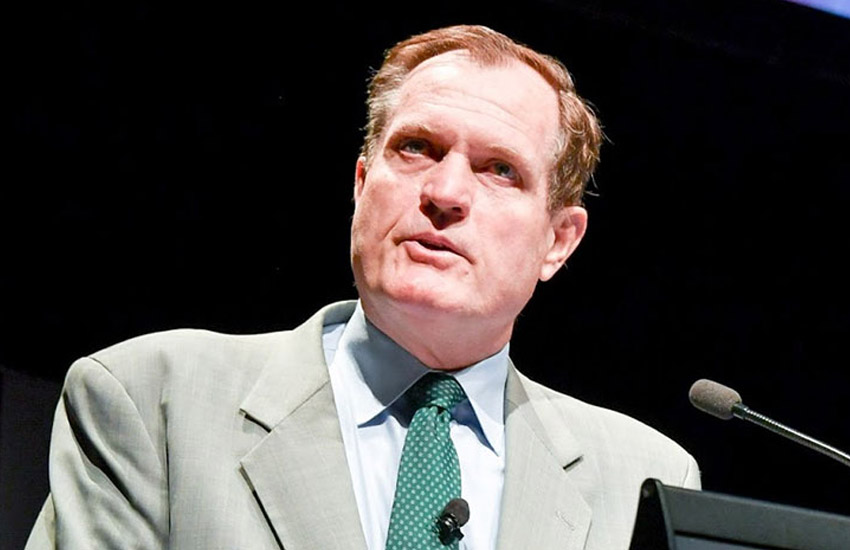‘R&D Incentive problematic for years’: ATO Commissioner
TaxATO Commissioner Chris Jordan has admitted that “structurally, there is a problem” in relation to the R&D Tax Incentive, a day after a review of its clawbacks of these funds from SMEs was revealed.

Source: blog.taxinstitute.com.au
On Wednesday (28 August), the Australian Small Business and Family Enterprise Ombudsman (ASBFEO) announced it is undertaking a review of the Tax Office’s clawbacks of funds gained under the tax break from SMEs, amid complaints of unfair treatment.
It said that in some cases, the demands to repay funds go back many years, and can amount to “millions” of dollars.
Speaking as part of a regulator’s panel at COSBOA’s National Small Business Summit in Melbourne today (Thursday, 29 August), Mr Jordan was asked about the ASBFEO’s review and the Tax Office stance on this issue.
“R&D has been a problematic area for a number of years,” Mr Jordan said.
“The ATO has to act typically upon the request of AusIndustry to check that what was said when initial preliminary approval was given actually happened.”
Mr Jordan admitted that for the ATO, this “puts us in a difficult position, because we’re the ones that have to go out and review things”.
Not just enough to have an app
According to Mr Jordan, there has been a common misconception allowed to amplify in the business community, and in particular the software industry, about eligibility for the tax offset.
He suggested that simply developing an app does not necessarily mean automatic qualification for the tax break, and instead said the business must be investing in something “pretty innovative”, admitting that a number of applications are “dressed up” in a bid to try and qualify.
“There seems to be a belief that if I’m a start-up and I’m in software and I’m going to develop an app, the simple answer is I qualify,” Mr Jordan said.
“There are definitions and there are requirements, and there are a lot of apps around these days, so you’ve got to be pretty innovative to qualify, in terms of new ways of doing things. Having a new subject matter for an app [is] not really within the definition of R&D.”
Why aren’t applications denied at point of application?
At this point, the ASBFEO’s Kate Carnell interjected, and asked that if these parameters are known and received by the government at the time of application, why the incentives are being granted in the first place only to be clawed back later.
“That’s why structurally there is a problem,” conceded Mr Jordan.
Mr Jordan questioned the role of advisers in the process who, he claimed, “know all the buttons to push and the words to use in the application”.
“I have seen large professional firms where the highest-paid partner is the R&D partner. You just scratch your head there and go ‘gee, how does that work?’” he said.
“Because often it’s done on a commission basis... ‘If you get this credit, I will get 30 per cent of it, say’. So, there is an incentive there.
“You’ve still got to prove that you did what you said you were going to do.”
Emotive issue
The tax commissioner admitted that there is considerable emotion tied to innovation and by extension the R&D Tax Incentive.
“It is certainly one of the most difficult issues, because people are often extremely passionate about what they’ve done, but it just may not fit the definition under the act.”
The tax commissioner hinted that reform of the incentive could help to alleviate the tension between the business community and the regulators, stating that “some countries go through the direct grant route rather than the tax route”.



